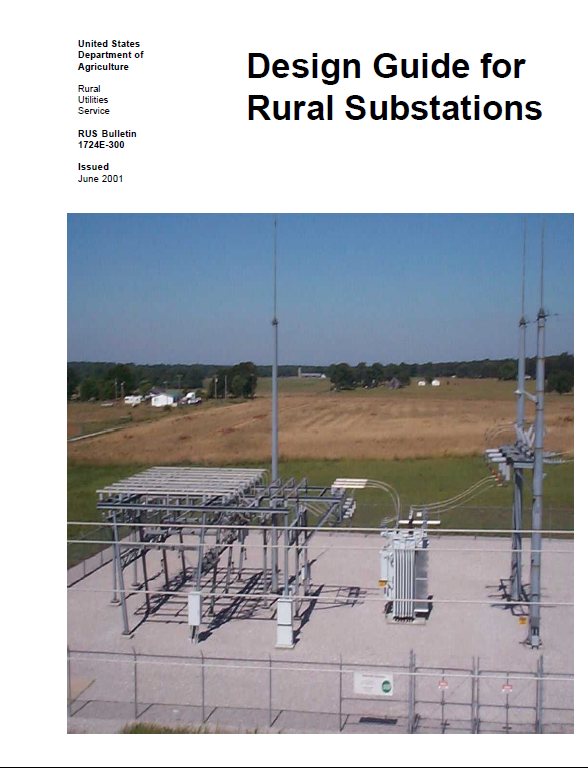Rural Electrification Program
Republic Act NO. 10531 mandated the National Electrification Administration to promote sustainable development of the country through rural electrification program and to empower the electric cooperative to cope with the changes brought about by the restructuring of the electric power industry.
The National Electrification Administration (NEA) is the government agency that monitors the performance of electric cooperatives (ECs) in the deregulated electricity market. Under the Rural Electrification Program, the NEA provides financial, institutional and technical assistance for ECs to improve their operations through increased revenue generation, dependable service reliability, and enhanced operational efficiency.
Coverage of Rural Electrification
As of 2019, the electricity access rate of the Philippines is 95%. Over the past 38 years, the Philippine Rural Electrification Program (REP) accelerated the coverage of electricity to rural areas from a few hundred households to 15 million connections or approximately 45 million Filipinos. This program also resulted in the rise of small and medium enterprises as well as improving the lives of the rural population.
Philippine electric cooperatives play a significant role in energy infrastructure development for the remote areas of the 7,100-island archipelago. Electric cooperatives (ECS) operate as membership-based, non-profit electricity providers that offer renewable energy solutions at scale across the Philippines.
Philippine Standard Practices
The Philippine Electrical Code 2017 is based on the National Electrical Code 2014 Edition. The standard practices in the US are commonly applicable in the Philippine. A good example of this is substation design.
Design Guide for Rural Substations was prepared the the US Department of Agriculture with the purpose of helping the Engineer on possible design responsibilities including preparation of construction drawings, material, equipment and labor specifications, and any other engineering design services that may be required. This guide covers outdoor substations up to 345kV.
